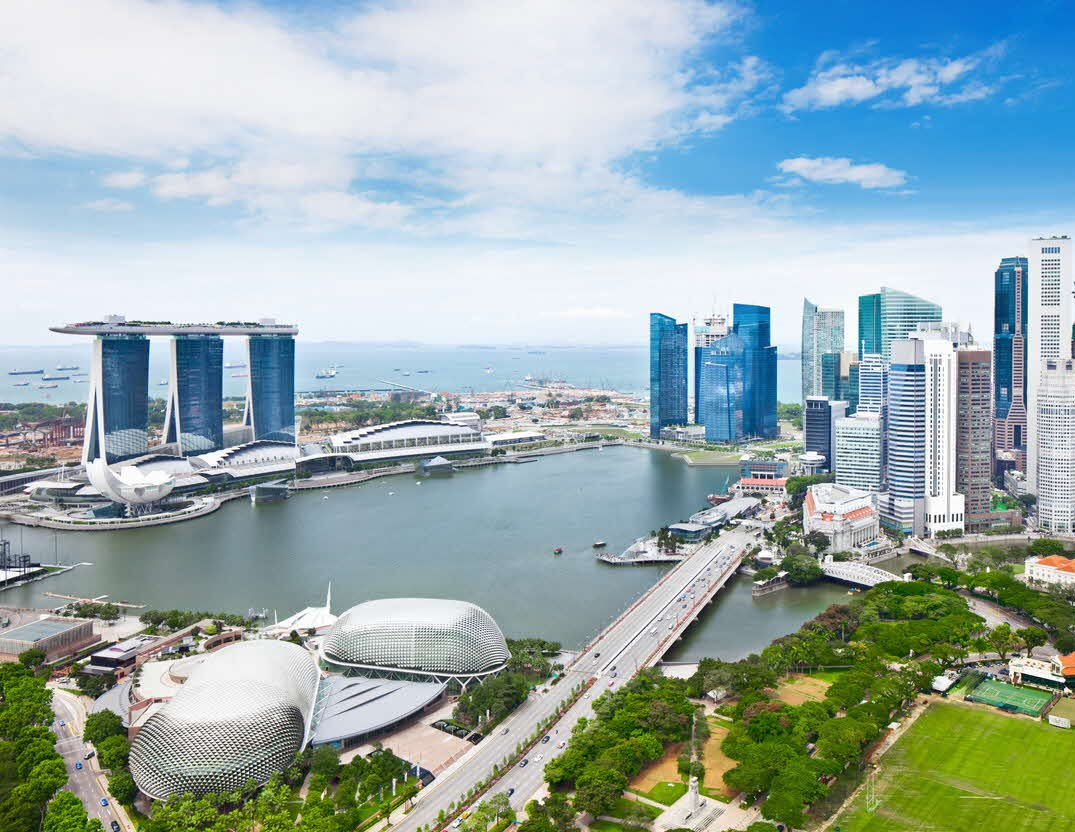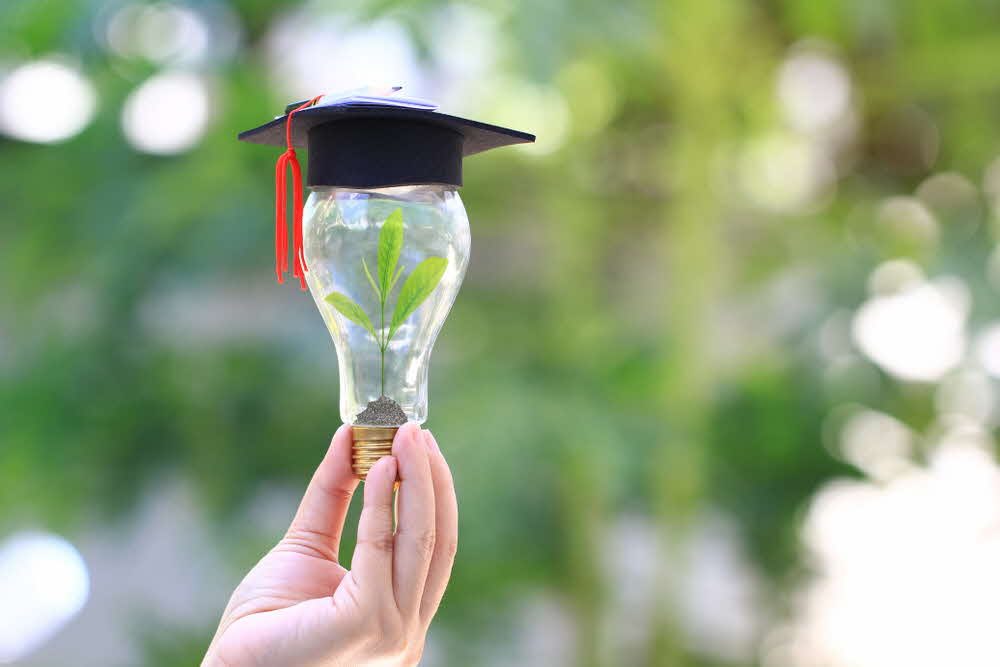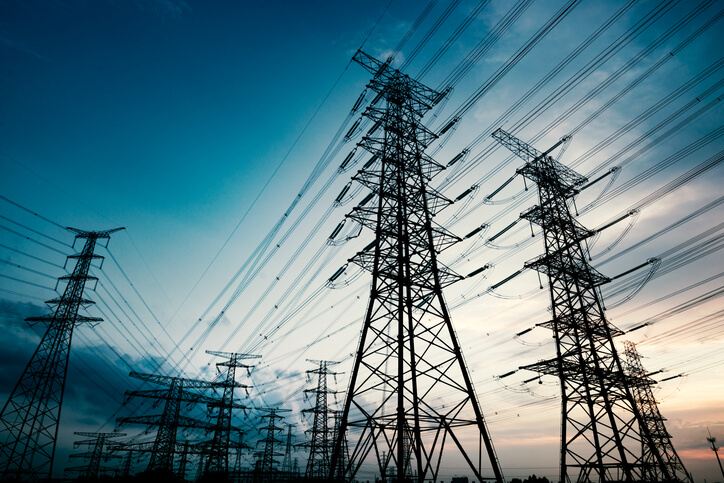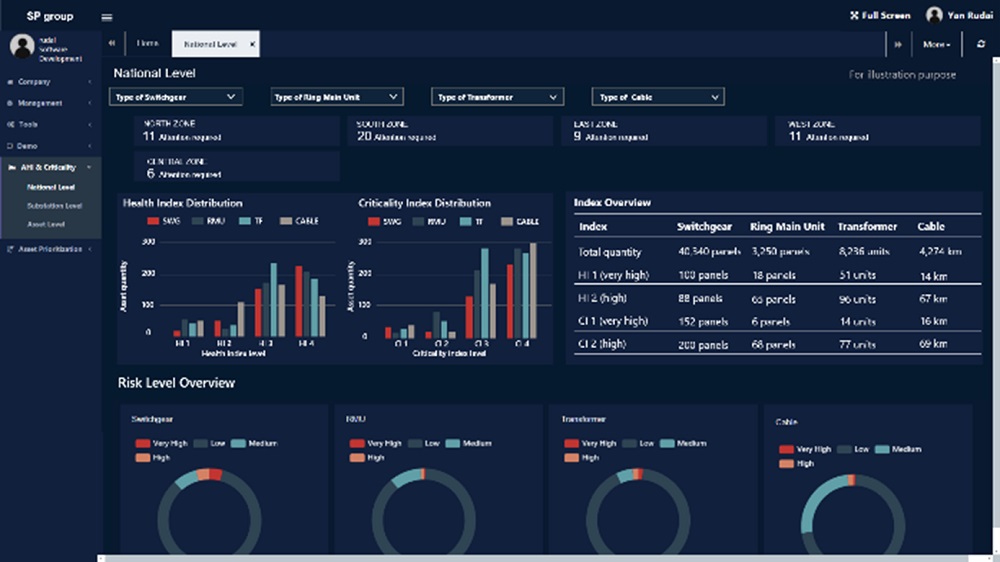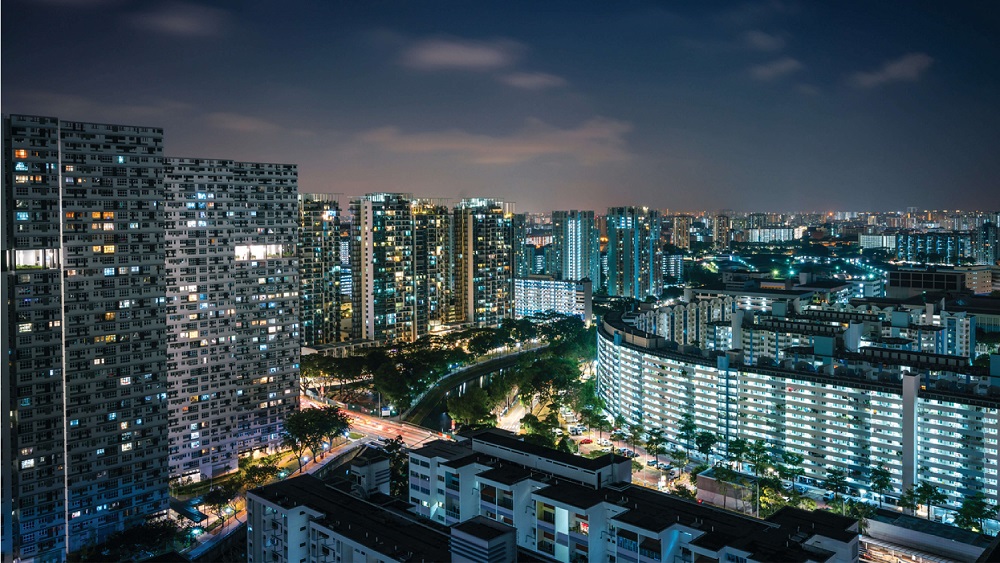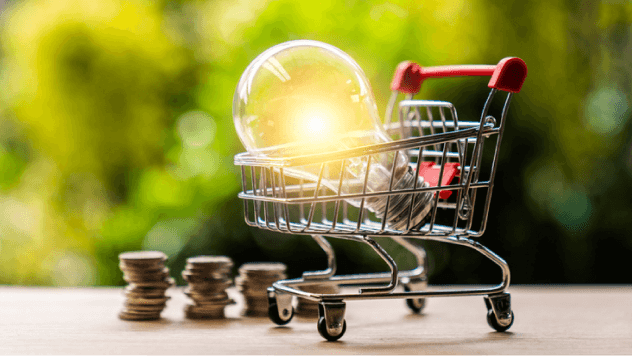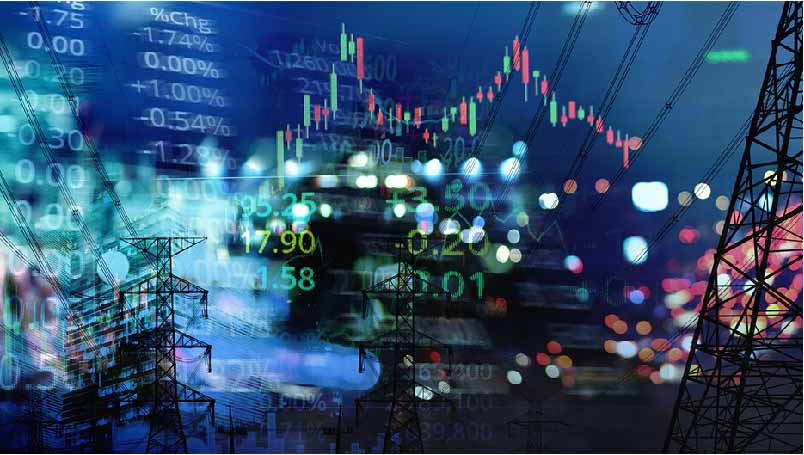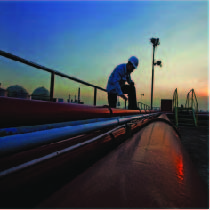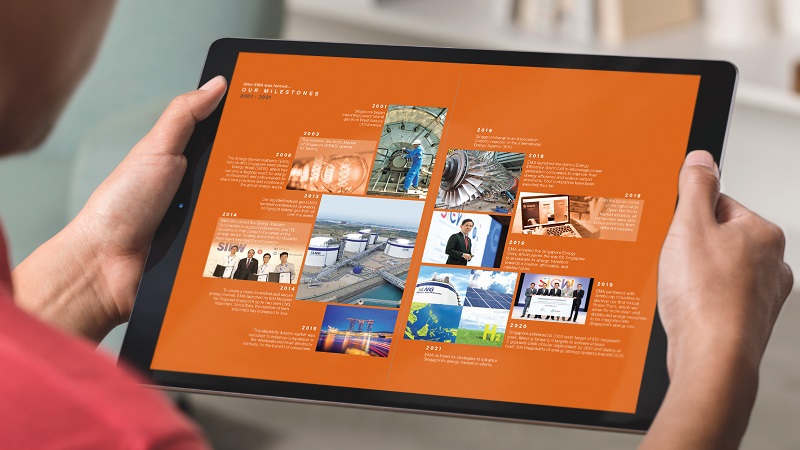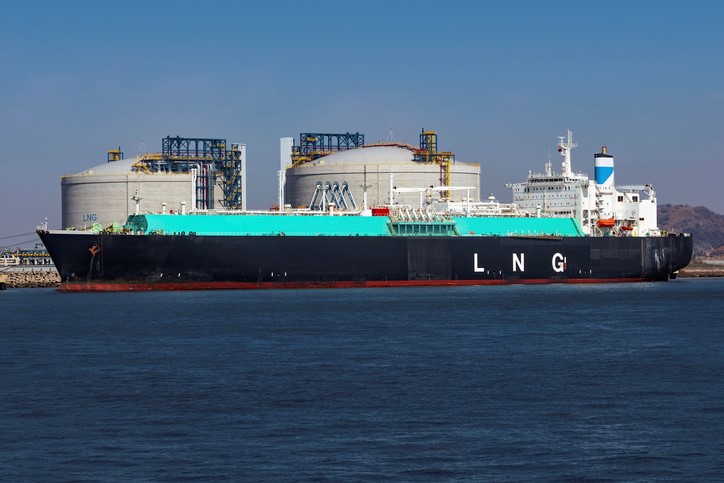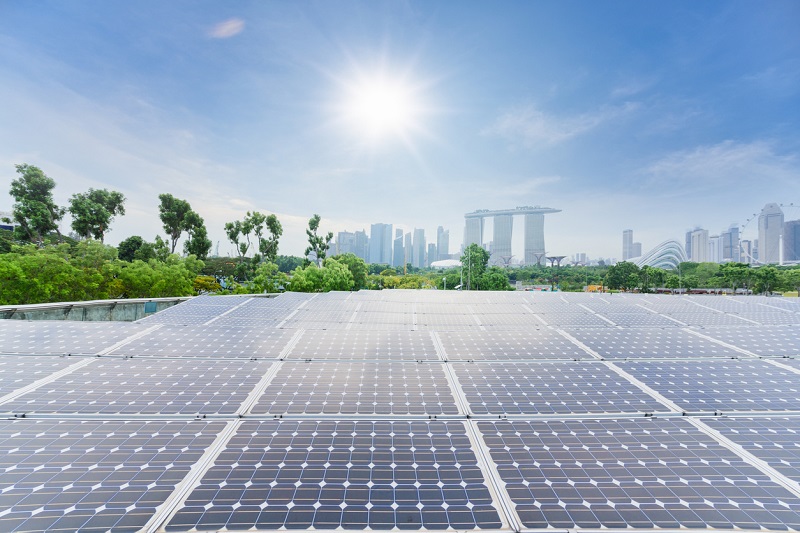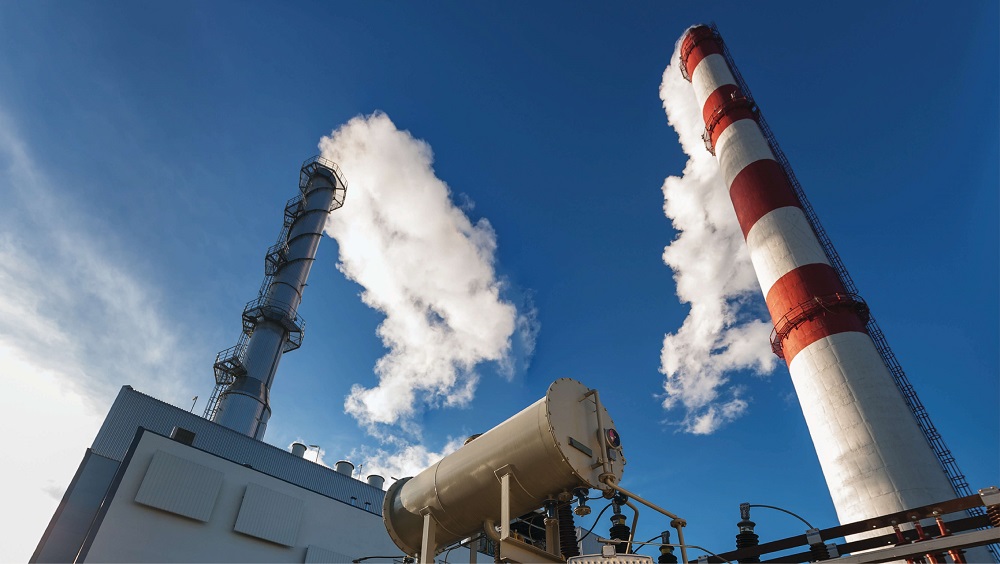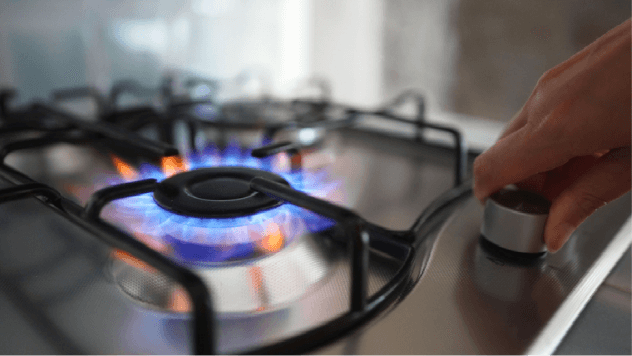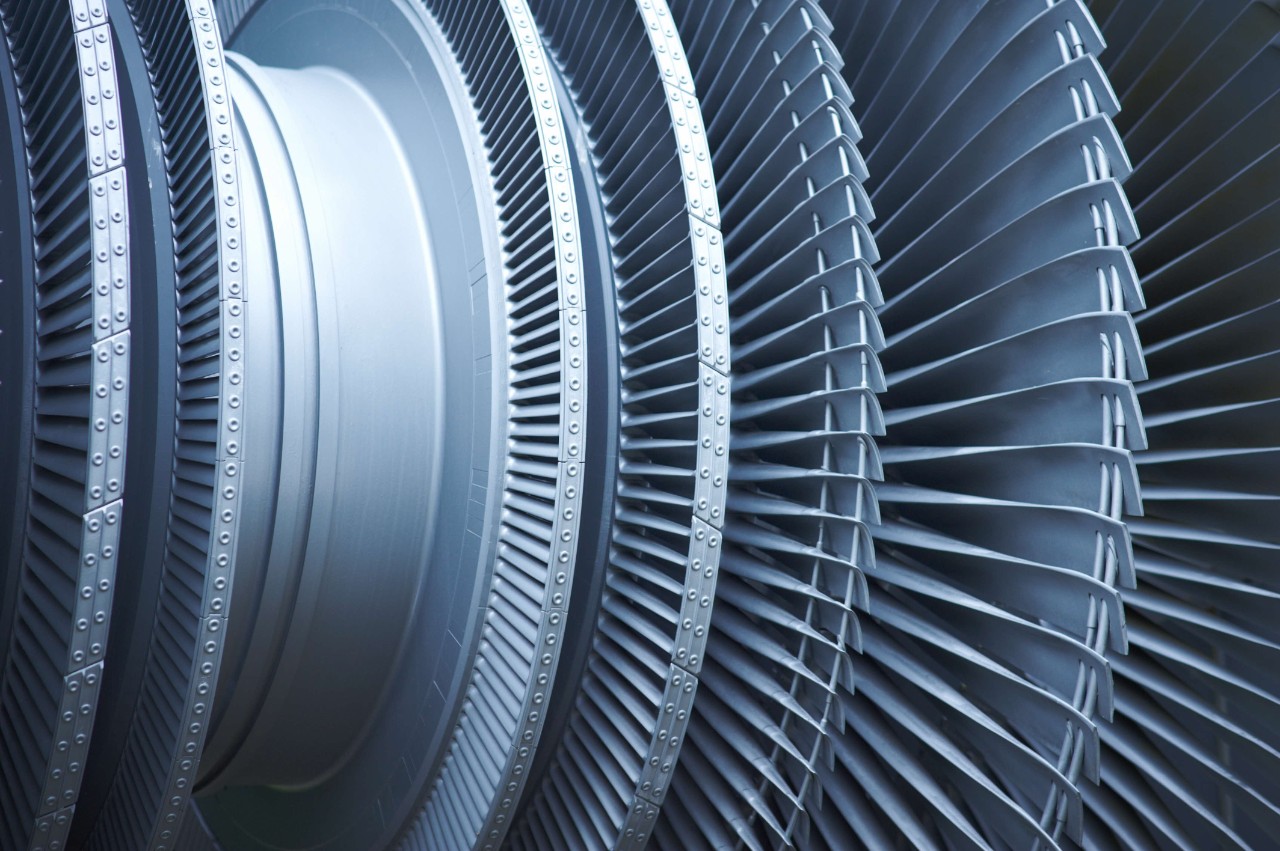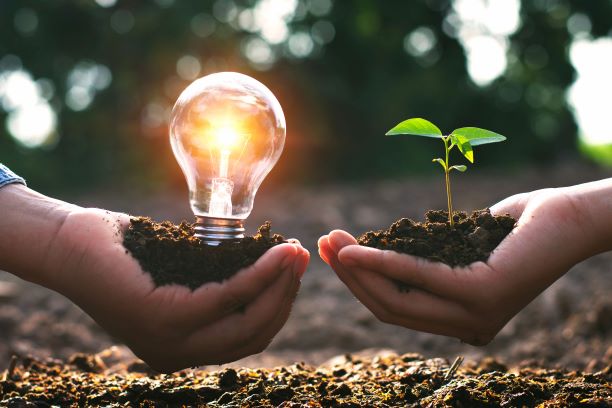A Singapore Government Agency WebsiteHow to identify
Official website links end with .gov.sg
Government agencies communicate via .gov.sg websites
(e.g. go.gov.sg/open).Trusted websites
Secure websites use HTTPS
Look for a lock ( )or https:// as an added precaution. Share sensitive information only on official, secure websites.
Energy is a precious resource that powers a nation, fuelling growth, driving innovation, and propelling dreams into reality.
Navigating the Energy Trilemma
Electricity is the backbone of our daily routines, from illuminating our homes to charging our devices. Businesses and industries rely heavily on electricity to power commercial operations, drive technological advancements and support critical infrastructure.
With the global challenge of climate change, EMA is dedicated to spearheading the transition towards a more sustainable energy future. With the power sector accounting for approximately 40% of Singapore’s total emissions, our role becomes even more crucial.
EMA seeks to find a balance in managing the energy trilemma – as we strive for environmental sustainability, we also need to juggle the demands for energy reliability and affordability.
How can we effectively balance the challenges of environmental sustainability, energy reliability and affordability?
Facilitating Deployment of Renewable Energy
The Government has provided funding for research and development to prepare for the increased use of renewables in our power grid as technology advances and costs decrease. The funding will support the industry in developing capabilities and exploring promising renewable technologies in Singapore.
EMA will continue to proactively enhance our market and regulatory framework to facilitate the deployment of renewable energy sources.
Our approach to promoting sustainable energy can be summarised into the 4 “R”s:
Right Pricing: We believe in pricing energy right to incentivise efficient use of energy.
Regulation Reduction: We will continue to streamline our existing regulations and processes to facilitate solar deployment.
Raising Demand: With Government taking the lead, the SolarNova programme aggregates public sector demand for solar photovoltaic systems.
Research and Development: The Singapore government partners with the industry and research community to pilot solutions that help us to overcome the challenges of intermittency caused by renewables. This enables us to integrate more renewables into our energy mix while ensuring system stability and reliability.
